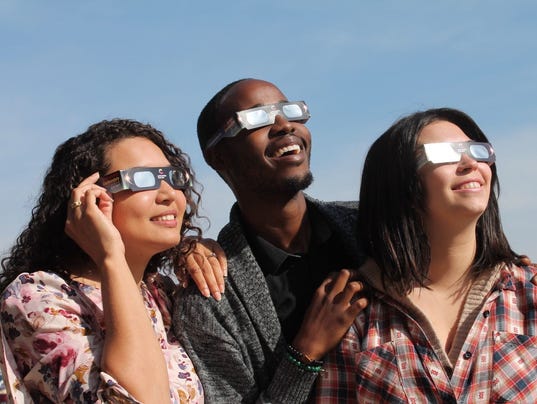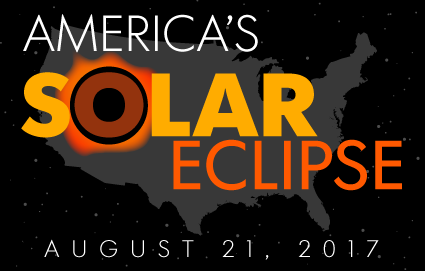
Carbondale, Ill., the home of Southern Illinois University, is promoting itself as the “Eclipse Crossroads of America.”(Photo: Carbondale Tourism)
Got eclipse fever yet?
The biggest and best solar eclipse in American history is less than two months away.
On Aug. 21, 2017, a total solar eclipse will be visible from coast to coast, according to NASA. It will be the first total eclipse visible only in the USA since the country was founded in 1776.
It will also be the first total solar eclipse to sweep across the entire country in 99 years, NASA says. And not since 1970 has there been an opportunity to see a total solar eclipse in such easily accessible and widespread areas of the nation.
A total solar eclipse is coming on August 21, and even if you’re not astronomically blessed enough to be in its path, you won’t be left in the dark. Buzz60's Amanda Kabbabe (@kabbaber) has more. Buzz60
About 200 million people are within just one day's drive of the totality zone.
A total solar eclipse occurs when the moon gets in the way of the sun, turning day to an eerie twilight.
Barring pesky clouds, more Americans should be able to see this one than ever before as it passes through 12 states.
Welding goggles are also an option.
Homemade filters or ordinary sunglasses, even very dark ones, are not safe for looking at the sun.
The eclipse will start on the West Coast in Oregon and trace a 67-mile wide path east across the country, finally exiting the East Coast in South Carolina.
The first point of contact will be at Lincoln Beach, Ore., at 9:05 a.m. PDT. Totality begins there at 10:16 a.m. PDT. Over the next hour and a half, it will cross through 12 states. The total eclipse will end near Charleston, S.C., at 2:48 p.m. EDT.
From there, the lunar shadow finally leaves the U.S. at 4:09 p.m. EDT.
At any given location, the total eclipse will last for about 2 or 3 minutes.
It will pass directly over cities such as Salem, Ore.; Idaho Falls; Lincoln, Neb.; Kansas City; Nashville; and Columbia and Charleston, S.C.
Places within a one- or two-hour drive of the eclipse include Portland, Ore.; Boise; Cheyenne, Wyo.; Rapid City, S.D.; Omaha; Topeka; St. Louis; Louisville; Knoxville, Chattanooga, Tenn.; Atlanta; and Charlotte.
Outside the narrow shadow track, a partial eclipse will be visible from all of North America, parts of South America, western Europe and Africa, according to eclipse expert Fred Espenak.
Folks who miss this eclipse won't have to wait too long for the next one: A total solar eclipse will be visible across portions of the southern and eastern U.S. on April 8, 2024.



















0 comments:
Post a Comment